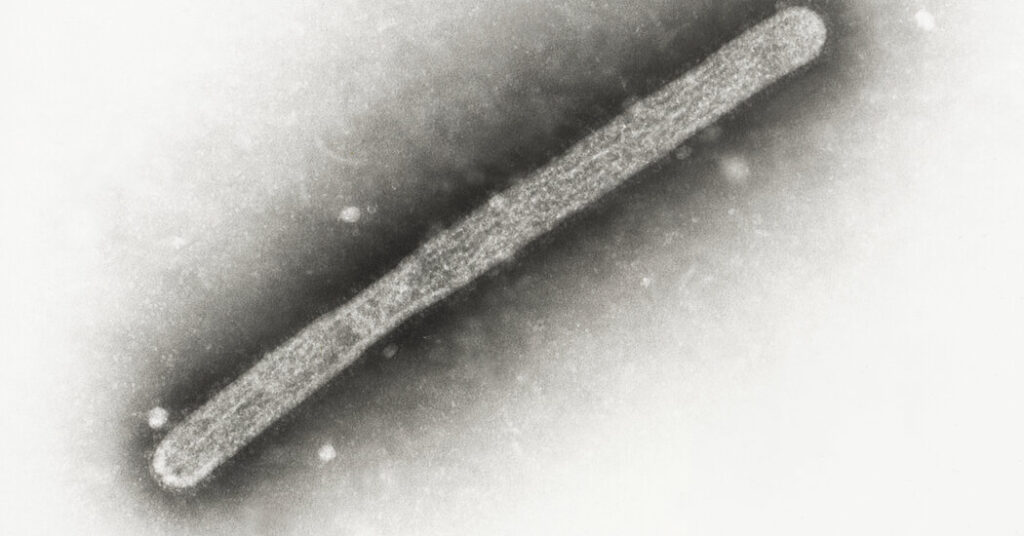A farmworker in Michigan has been diagnosed with bird flu, state officials announced on Wednesday, making it the second human case associated with the outbreak in cows.
Officials said that the individual became infected with the virus, called H5N1, after exposure to infected livestock. The individual had only mild symptoms and has fully recovered, officials said. They did not provide additional details in order to protect the privacy of the farm and farmworker, they said.
In 2022, a person in Colorado with direct exposure to infected poultry became the first confirmed human case of H5N1 in the United States. Last month, the Centers for Disease Control and Prevention reported an H5N1 infection in a Texas dairy farm worker.
The detection of this latest case did not suggest that bird flu was widespread in people, officials said, adding that the risk to the general public remained low.
“This virus is being closely monitored, and we have not seen signs of sustained human-to-human transmission at this point,” Dr. Natasha Bagdasarian, Michigan’s chief medical executive, said in a statement.
According to the C.D.C., a nasal swab from the individual had tested negative for the H5N1 virus, but an eye swab sent to the agency tested positive. Like the infected person in Texas, the Michigan patient only reported eye symptoms, the C.D.C. said.
Veterinarians have reported that some farmworkers have developed flulike symptoms, but few farmers and farmworkers have agreed to be tested for the cause. In Michigan, farmworkers exposed to infected animals have been asked to report even mild symptoms, and testing for the virus has been made available, Dr. Bagdasarian said.
The virus has been detected in 51 dairy herds in nine states, according to the U.S. Department of Agriculture. But the outbreak is thought to be much more widespread. Michigan officials have reported four infected herds that were not included in the federal count. The Food and Drug Administration has found traces of the virus in 20 percent of dairy products sampled from grocery shelves in 17 states.
The virus was probably transmitted from wild birds to dairy cows in a single spillover event in the Texas Panhandle as early as last December, scientists have said. Federal officials did not confirm the first infections until late March.
Cows were not thought to be susceptible to the virus, and the virus spread undetected among them with no visible symptoms, studies have found. The virus has been detected in some dairy herds with no known links to affected farms, suggesting that the virus spread among asymptomatic cows and that there are infected herds that have not yet been identified.
The virus may have spread between cows largely through contaminated milk, which contains high levels of virus. The virus has also spread from dairy farms to poultry farms, possibly through the movement of contaminated vehicles or equipment. The transport of infected cows from Texas may have spread the infection as far as North Carolina and Michigan.
During the outbreak, the virus has acquired dozens of new mutations, including some that may make it more adept at spreading between species.
The Texas farmworker diagnosed in April had severe conjunctivitis, but recovered fully, C.D.C. officials reported earlier this month. The officials were unable to test the individual’s social contacts.
Farm owners have been reluctant to test their workers or cattle, fearful of the financial consequences. And barring extraordinary circumstances, federal and state officials cannot compel farmers or farmworkers to get tested.
Noah Weiland contributed reporting.


